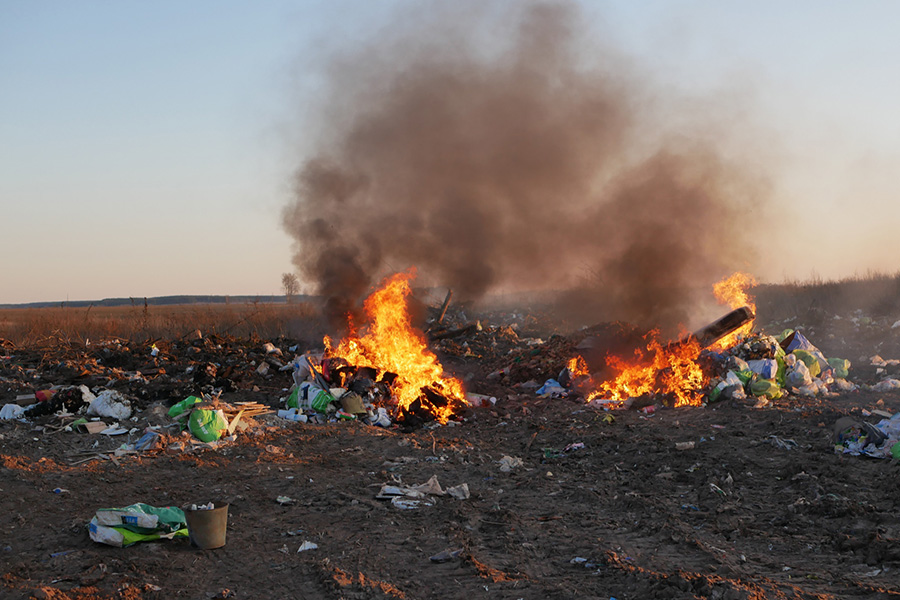
Fly ash from coal and waste combustion poses a significant ecological risk due to high levels of toxic heavy metals, threatening human health and the environment.
Authors
Aliya Naz, Assistant Professor, Jindal School of Liberal Arts and Humanities, O.P. Jindal Global University, Haryana, Sonipat, India
Abhiroop Chowdhury, Professor, Jindal School of Environment and Sustainability, O.P. Jindal Global University, Haryana, Sonipat, India
Summary
Exposure to potentially toxic elements (PTE) from various sources seriously threatens the ecosystem in the modern era. Fly ash produced from coal and solid waste combustion contains a high concentration of PTE. Fly ash is a major by-product of coal-based thermal power plants and municipal solid waste incineration units. Due to the high demand for fly ash reuse due to its unique properties, fly ash is now in demand for manufacturing of various building materials and geo-liner for landfills. Brick is the primary building material used in construction.
Fly ash bricks are very popular nowadays due to their low cost and high durability. This study reveals the ecological risk index through the exposure of heavy metals in fly ash reported in various studies. Results indicate extremely high ecological risk mainly due to Cd content in fly ash followed by Hg, As, Cu, and Pb. Fly ash is one of the causative agents for several diseases affecting the nervous system, skin, circulatory system, digestive system, reproductive system, and immune responses in the human body.
Published in: IOP Conference Series: Earth and Environmental Science
To read the full article, please click here.

